A Visit to Giverny, the Dreamy Home of Monet, in July
Last updated on April 10, 2025
I went to Giverny many years ago, when I was 14, on my first international trip. At 29, now armed with a better and more profound appreciation for art and history, I returned. It was absolutely lovely and an absolute must-visit for Monet fans.
Here’s what you can expect to see if you visit, and what the gardens may look like if you visit in July.
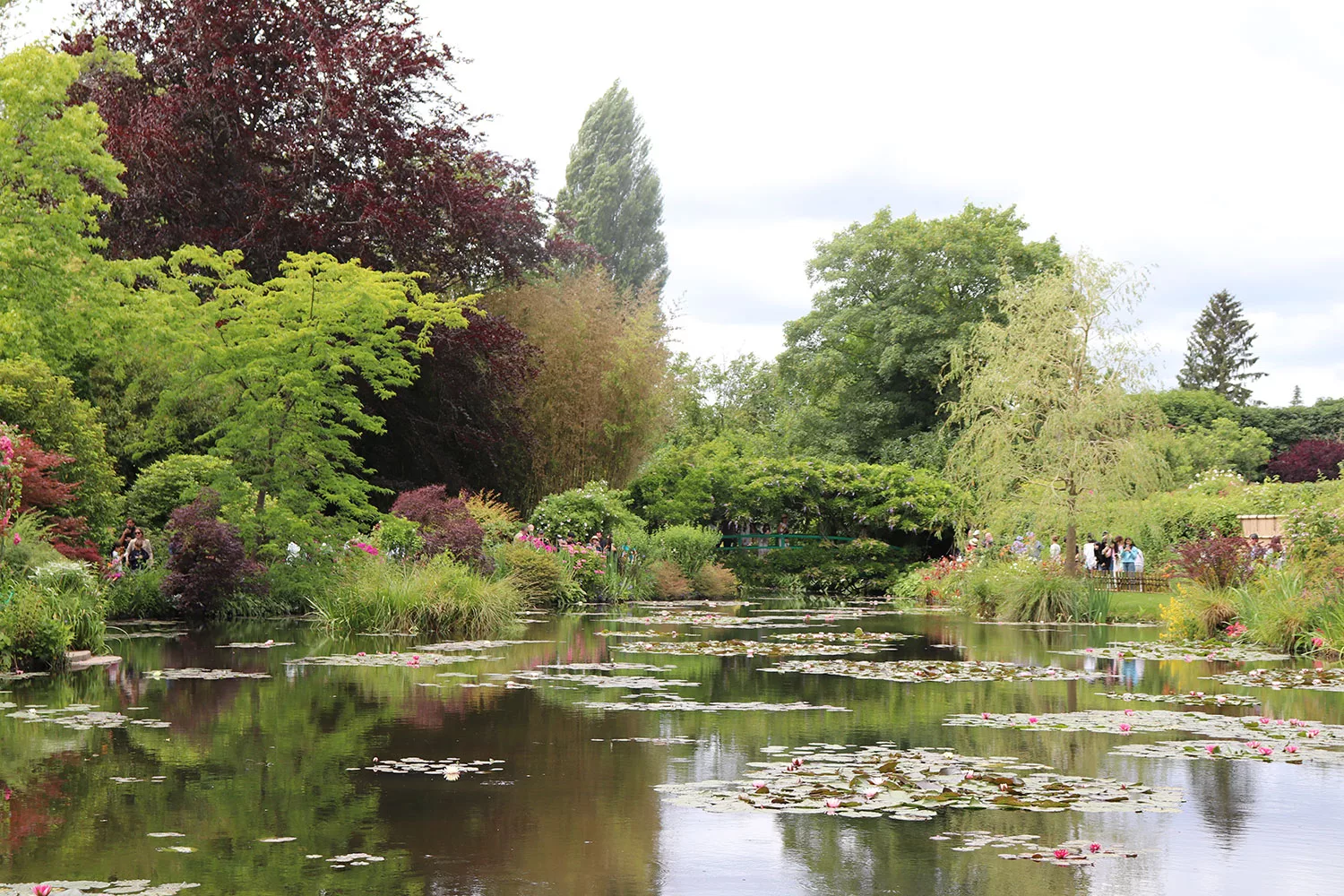
Claude Monet at Giverny
Claude Monet reportedly saw the town of Giverny from a train window and quickly rented a home there in 1883. Monet called his small home “House of the Cider-Press.” In 1890, he bought the house and would make it his own over the next several decades.
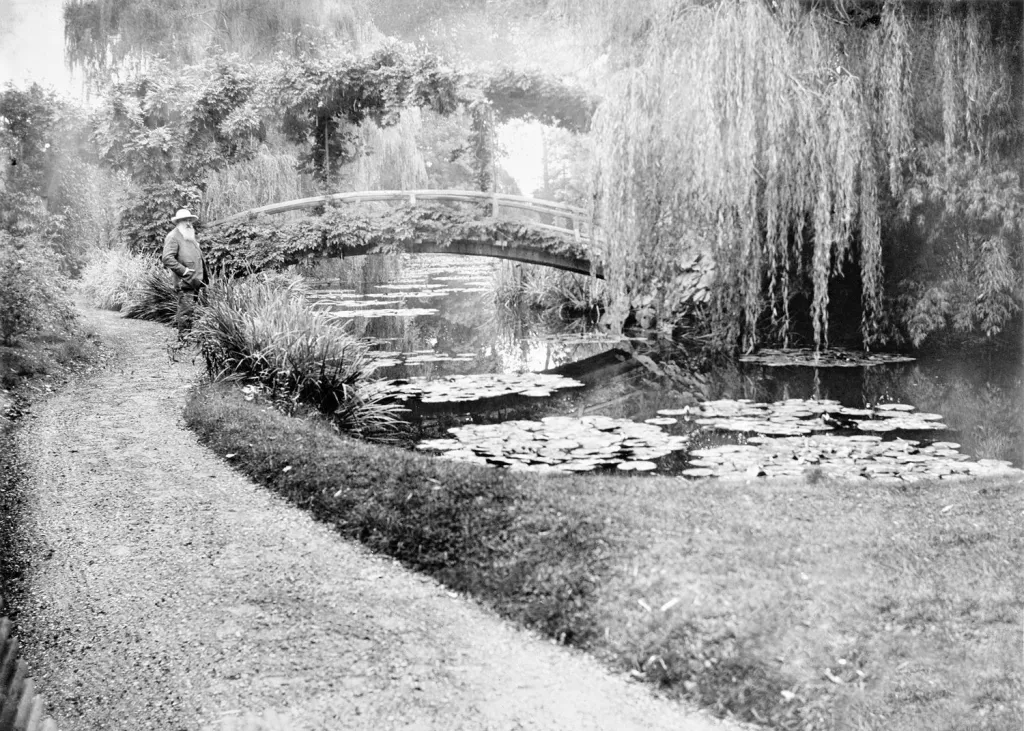

Over his lifetime, he kept adding onto the house until it became as it is now, clocking in at 40 meters long. You can see why he did that – a majority of the rooms have beautiful views over his colorful gardens. The iconic pink and green colors were chosen by the artist himself, as were the interior colors.
Claude Monet lived there with his two sons, Jean and Michel, as well as his second wife, Alice, and her six children -Blanche, Germaine, Suzanne, Marthe, Jean-Pierre, and Jacques. So you can imagine that it may not have actually been as peaceful as it looks now! It was probably quite bustling.
Monet lived at Giverny from 1883 to his death in 1926. He died here, at Giverny.
Visiting Giverny Today
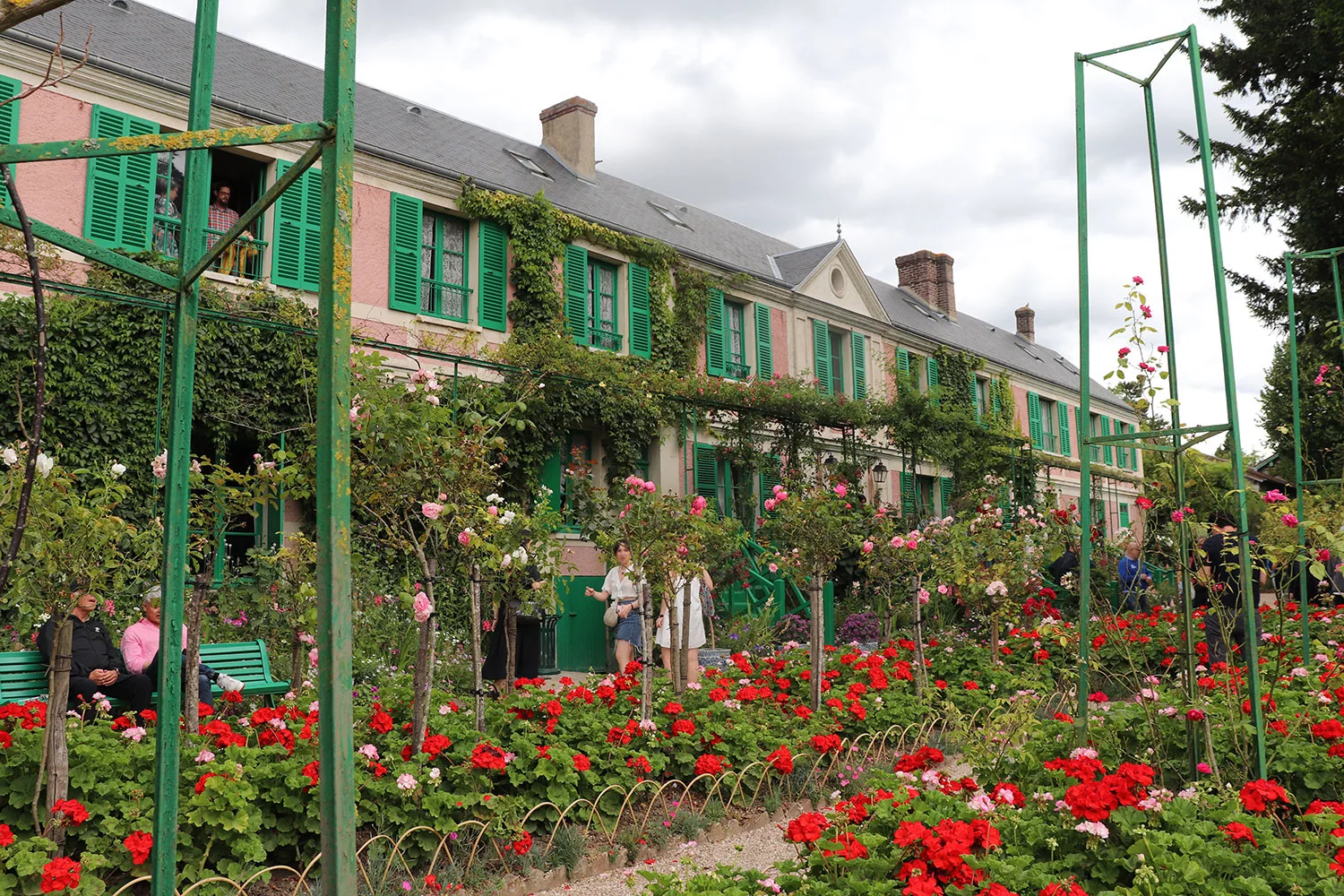
When you get inside, you’ll be able to explore the gardens and the house as much as you like. There’s a direct route around the house, which will lead you through rooms such as Monet’s studio, his bedroom, the famous yellow dining room, and gorgeous blue tile kitchen. My childhood home actually had a yellow dining room inspired by Monet’s.
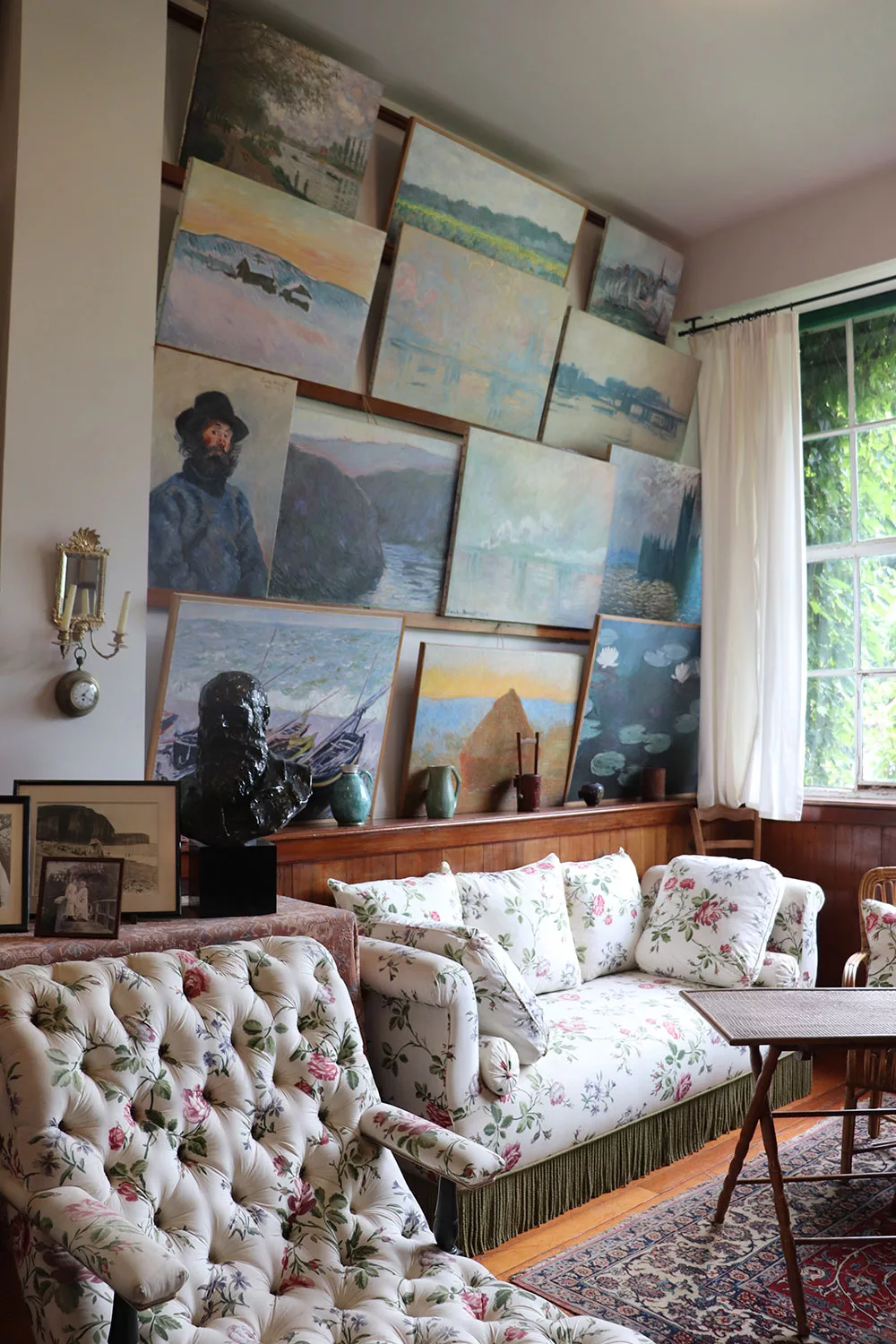
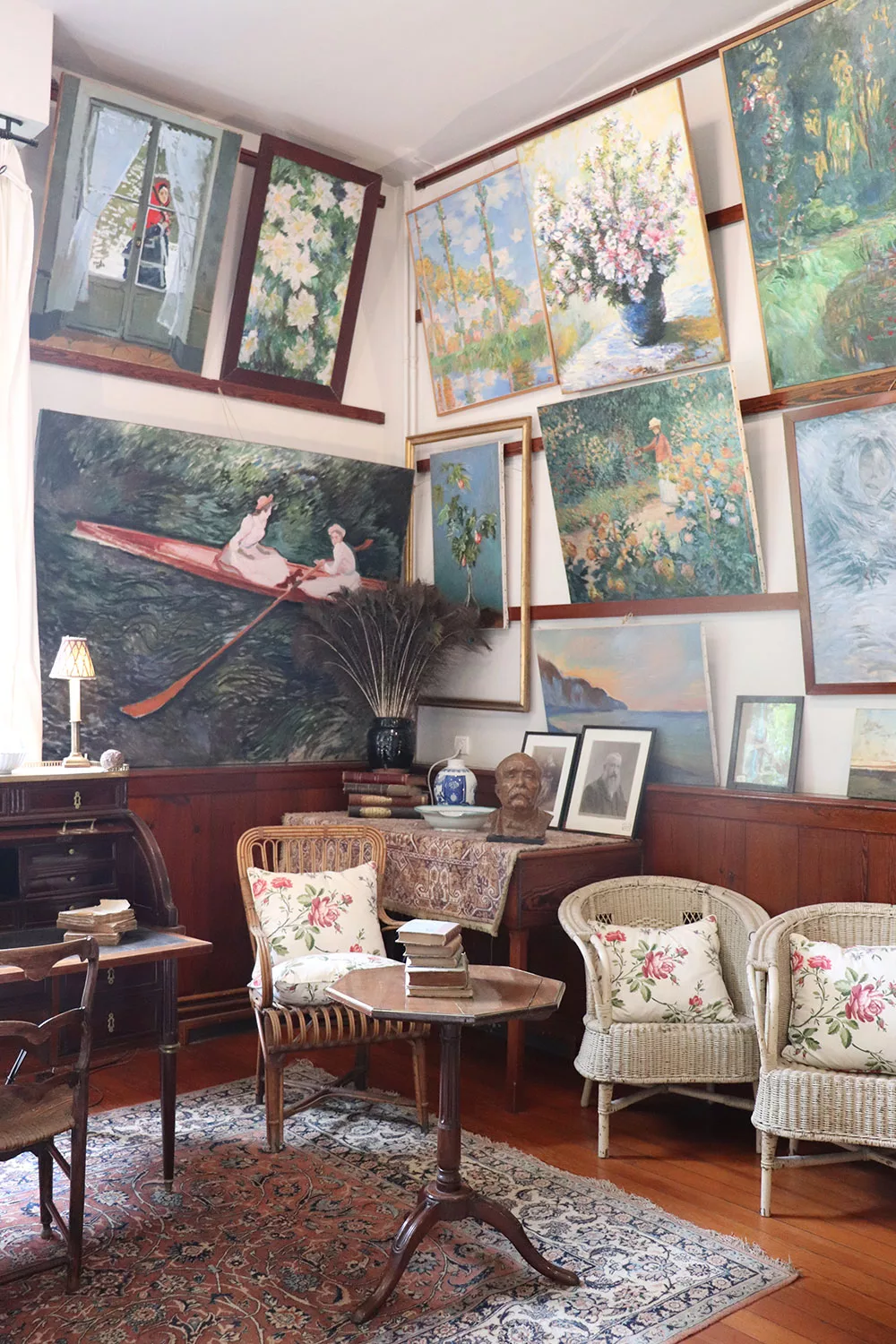
Since the home was quickly recognised as that of an important artist, it maintains the original furniture and placement that Monet would have known. The “studio” is where he would entertain guests – Monet painted en plein air so he didn’t actually work in his studio. The works here are not originals but reproductions. In his bedroom, you’ll see the actual bed he died in.

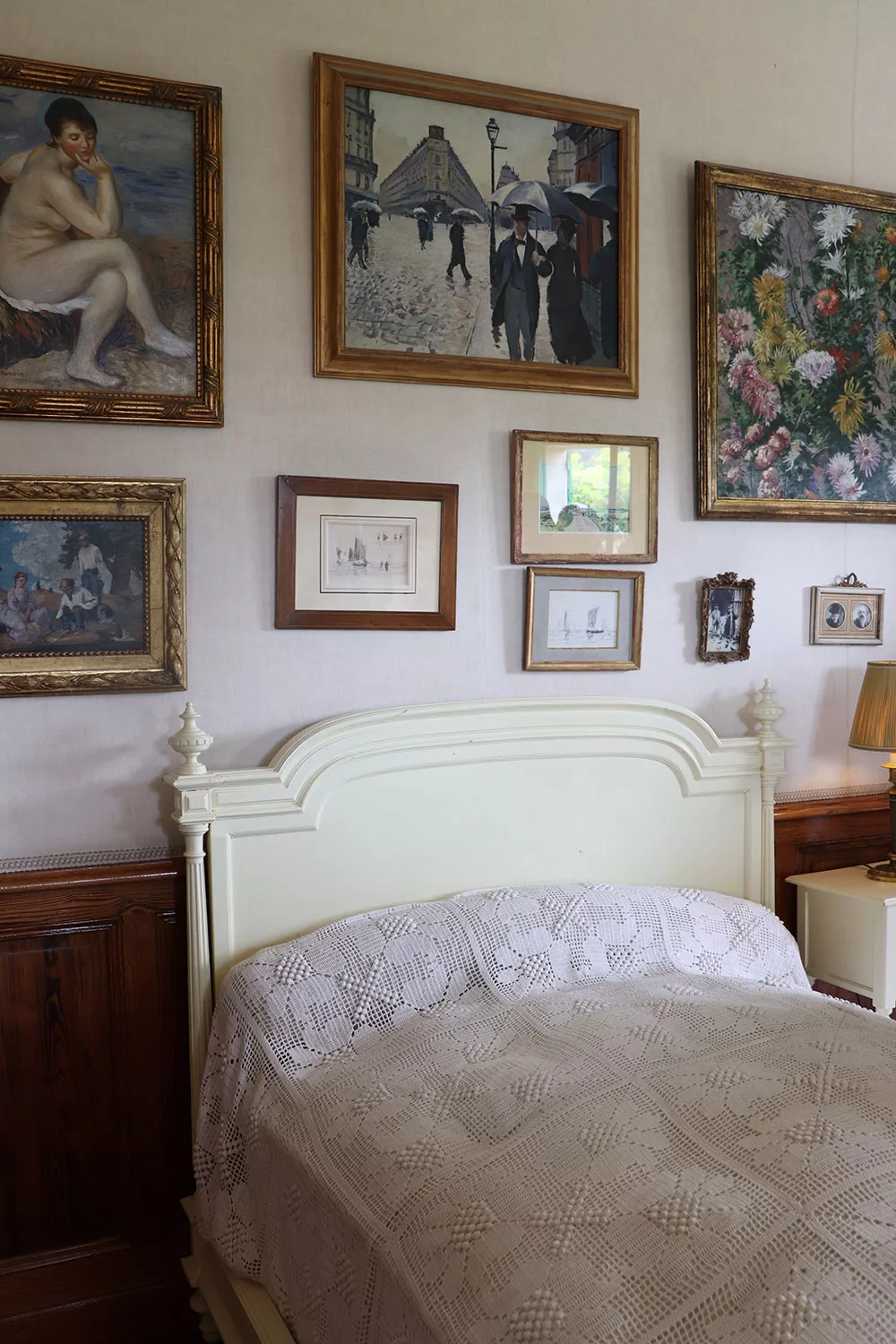
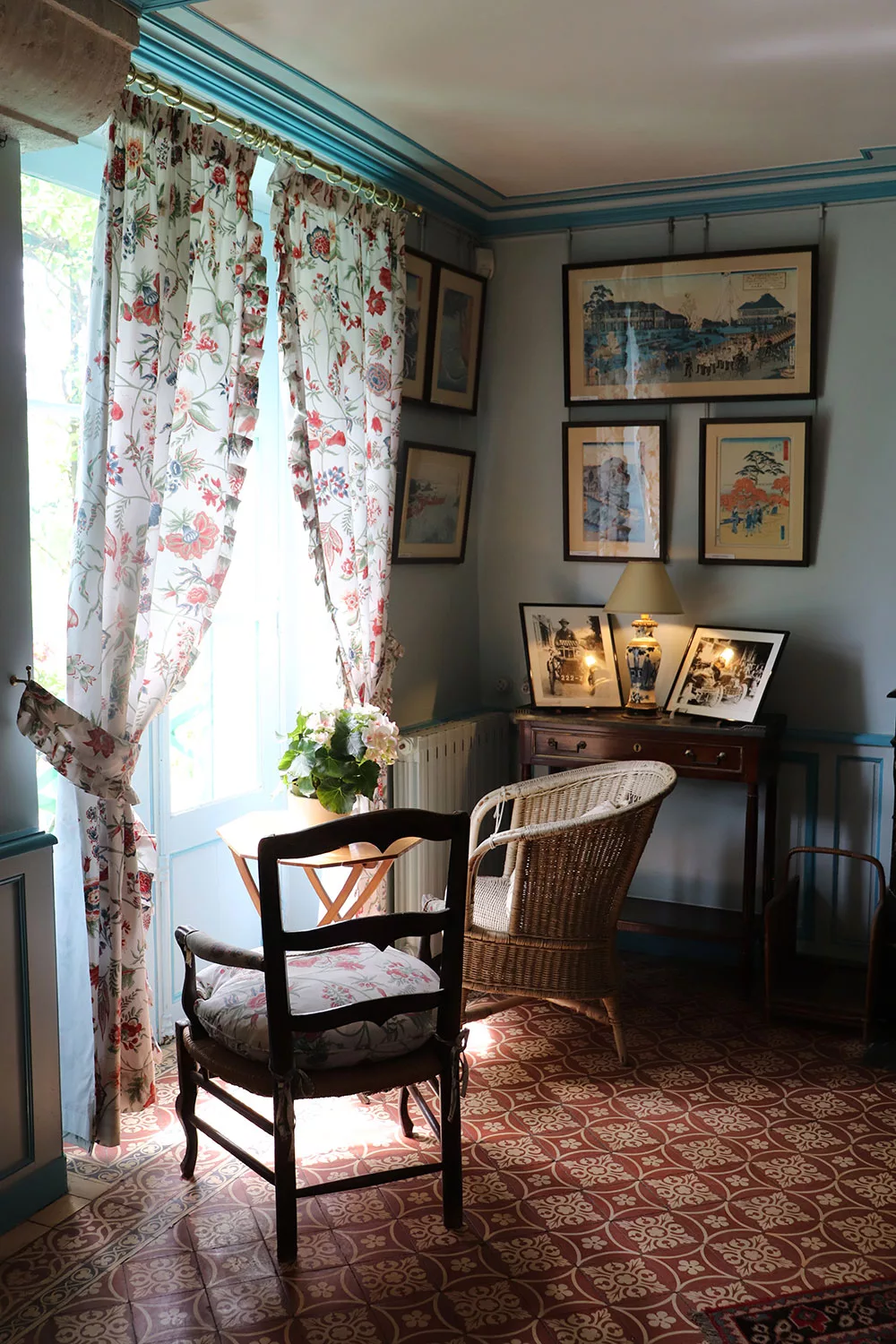
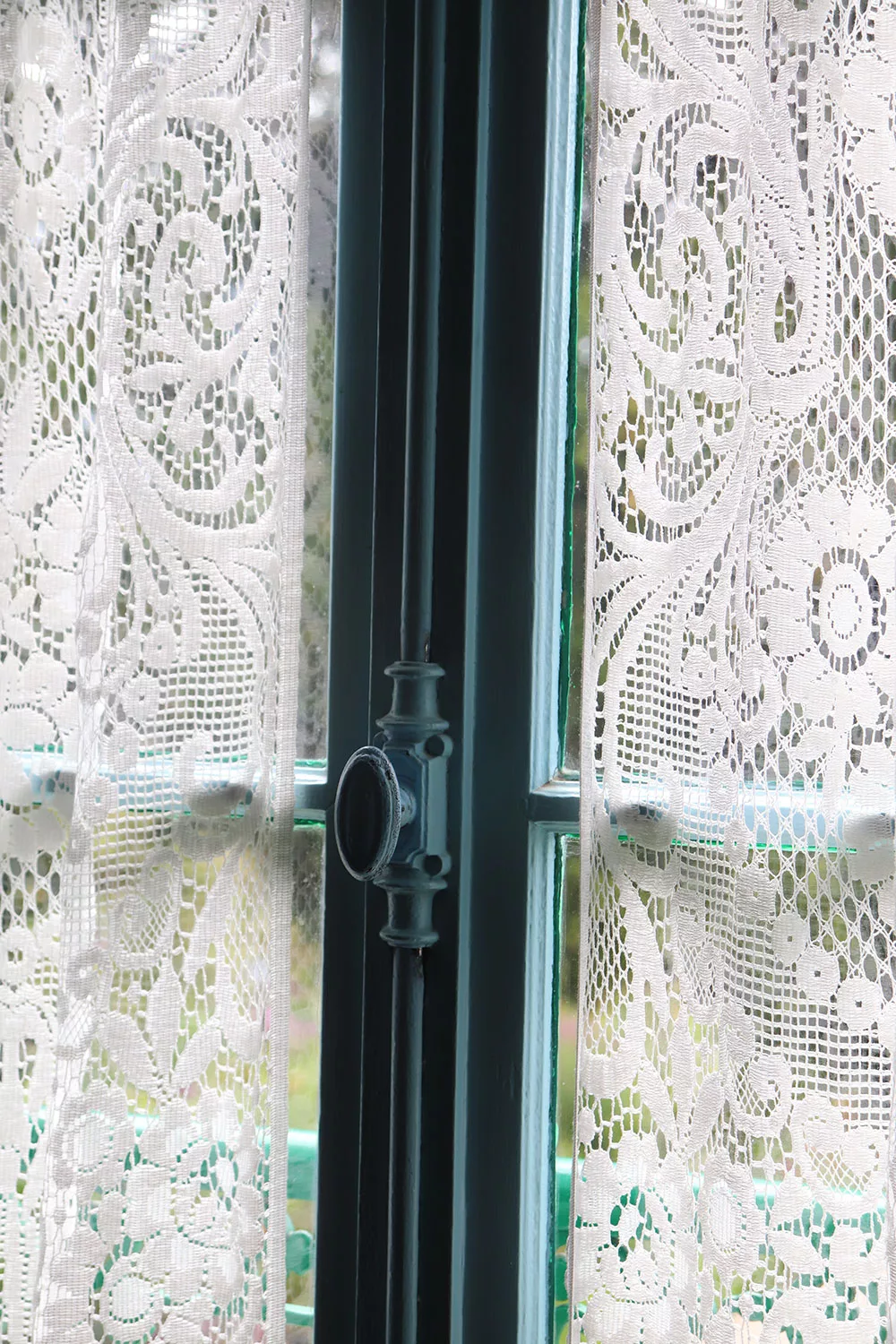
Throughout the house you’ll see many Japanese woodblock prints which were a huge inspiration to Monet. You’ll also see reproduction work of his contemporaries such as Renoir, Manet, Morisot, Pissarro, etc. There are also many family photographs that give you a glimpse at the people who used to call the house home.
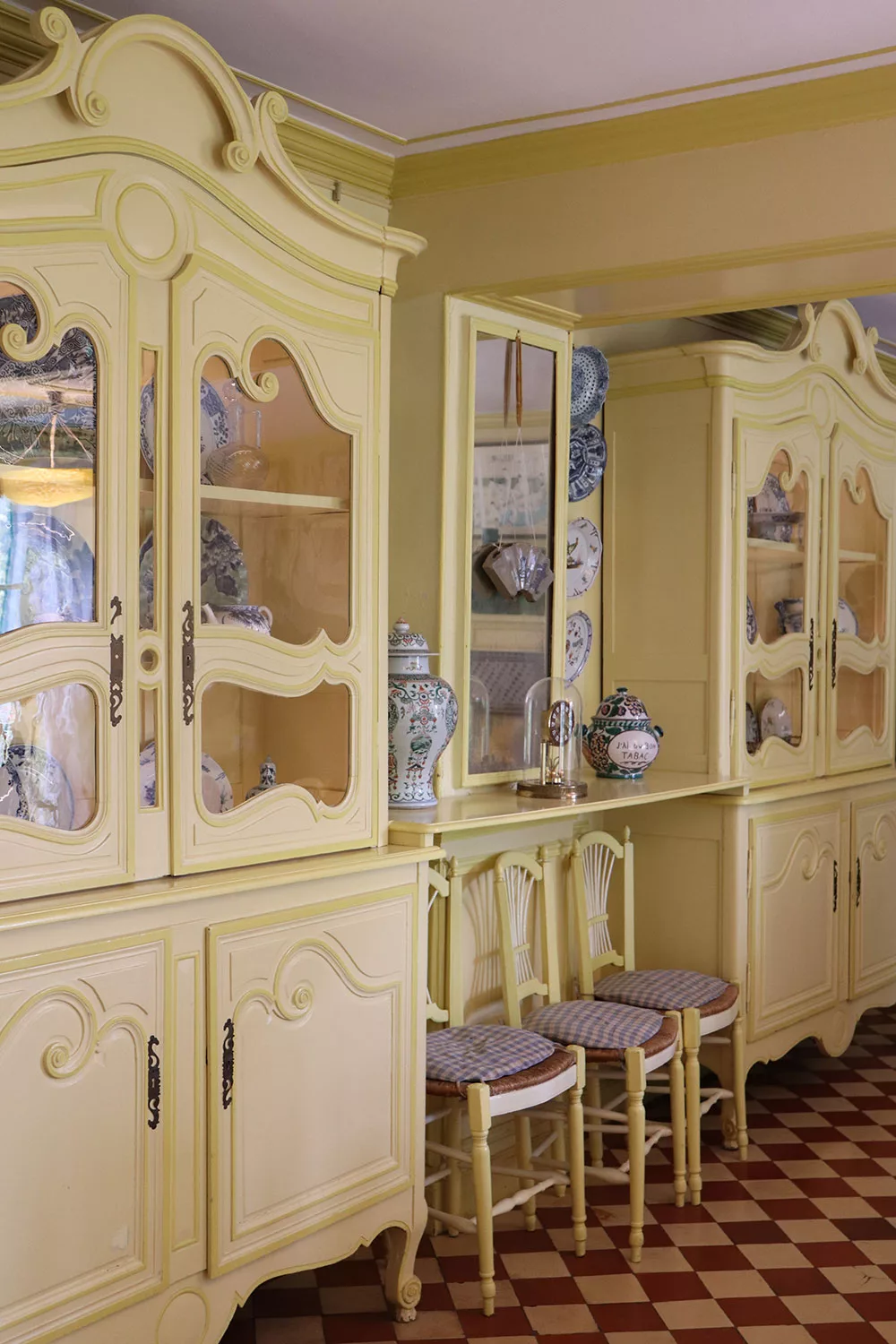
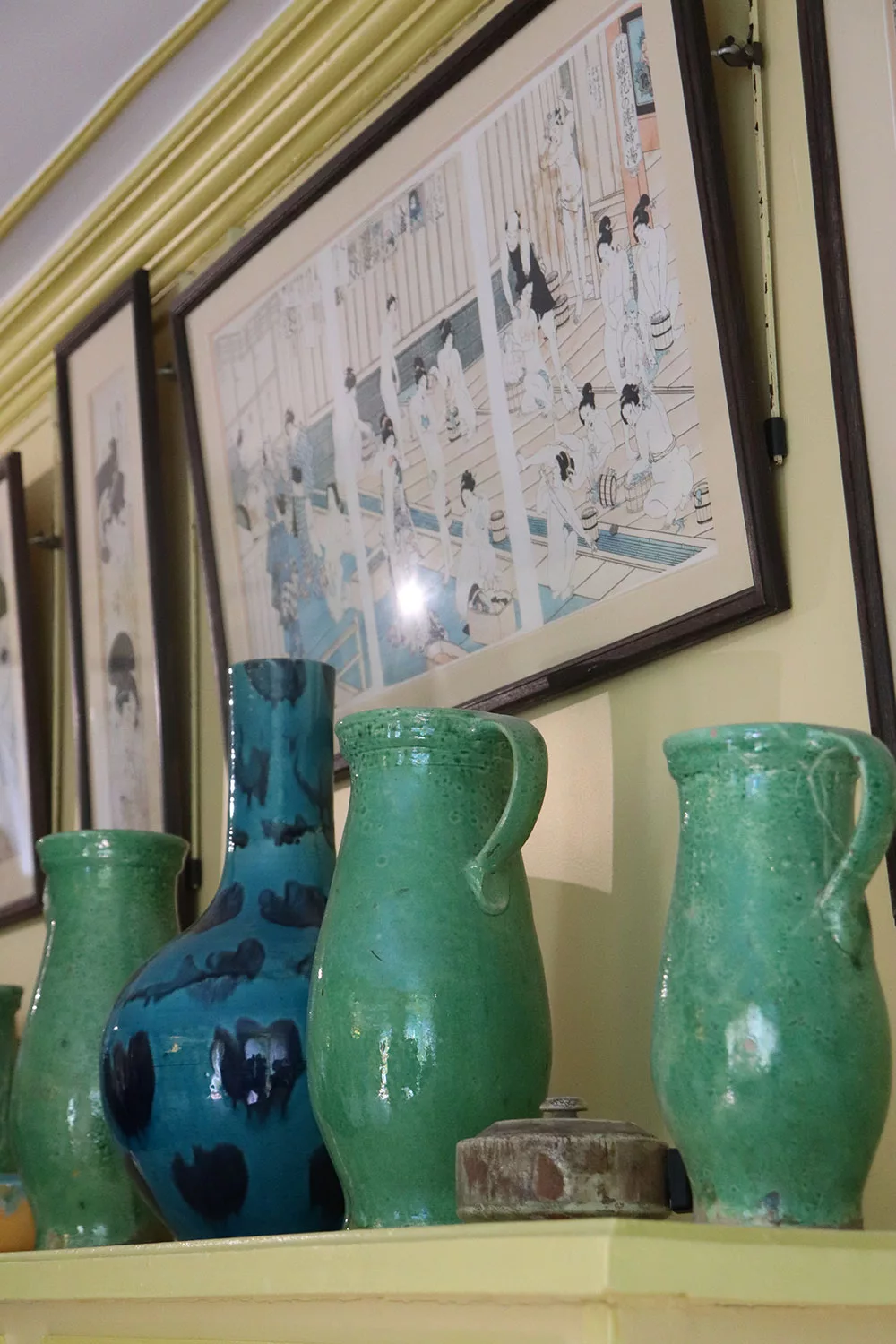

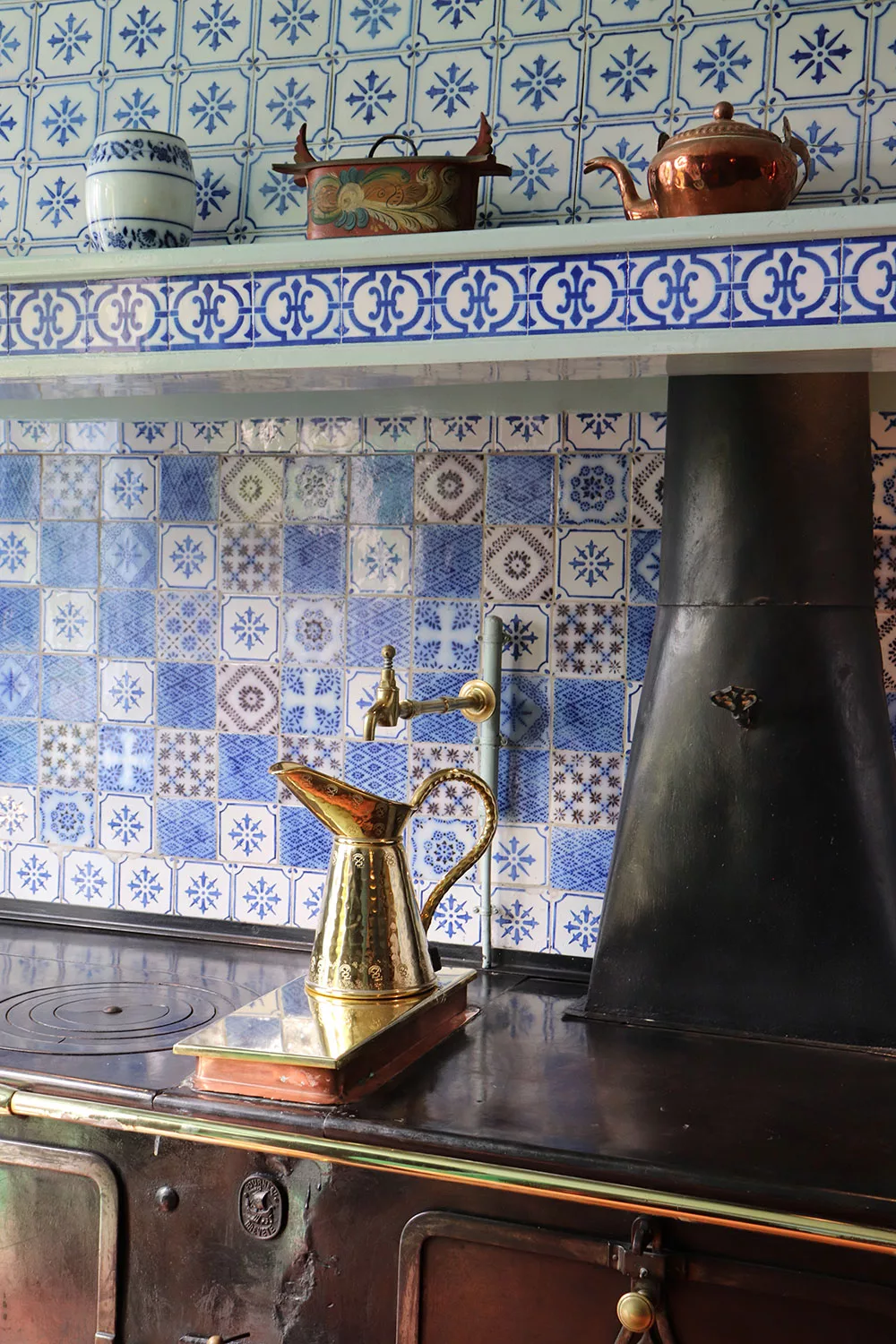
When you go out to the gardens, you’ll mostly be able to wander freely around. You’ll have to go through an underground tunnel to get to the famous waterlily pond. Here, there’s more of a directional route to follow that will take you around the pond. The waterlilies should be in bloom from late spring to early autumn, and Giverny is generally closed for the other months anyway.




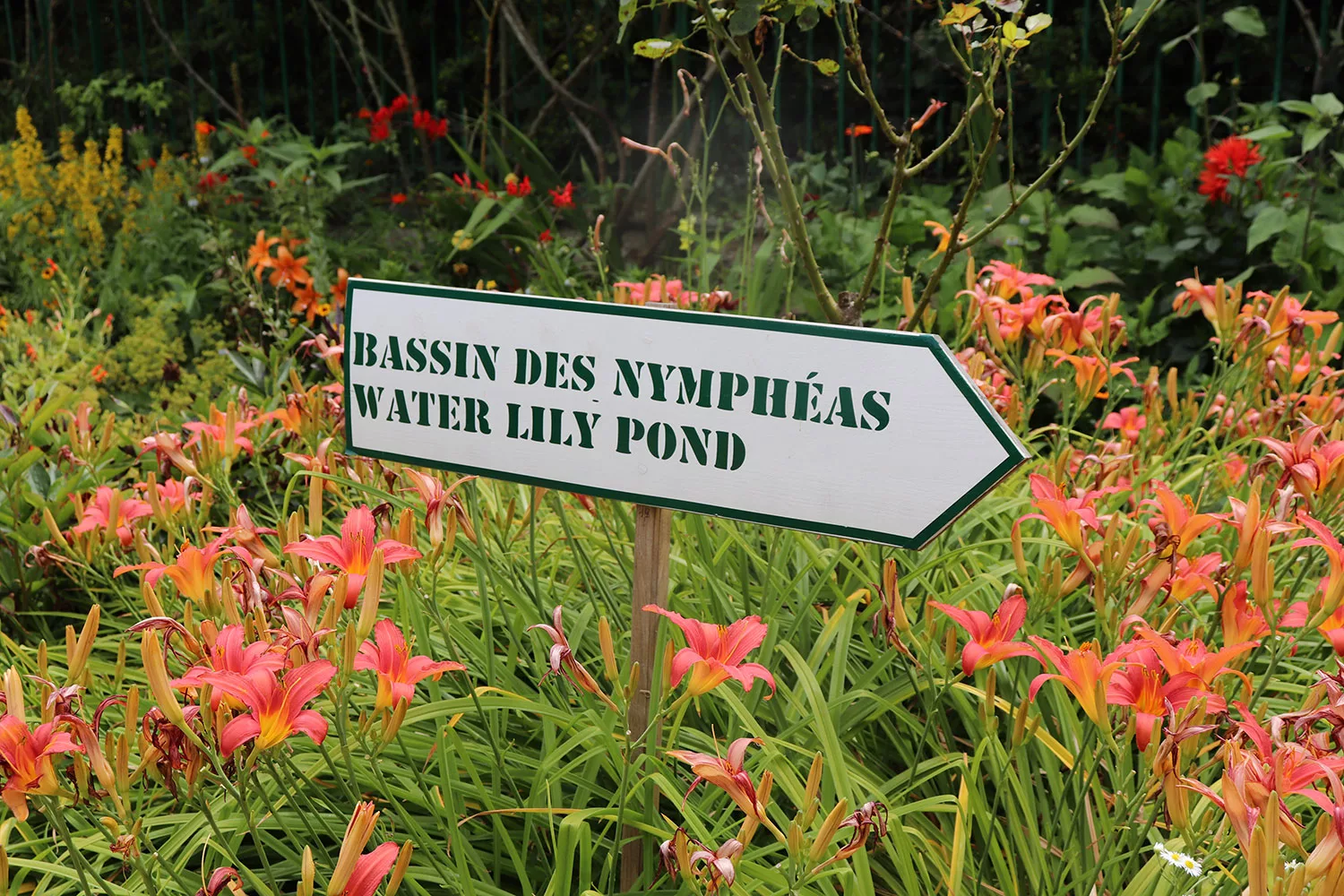
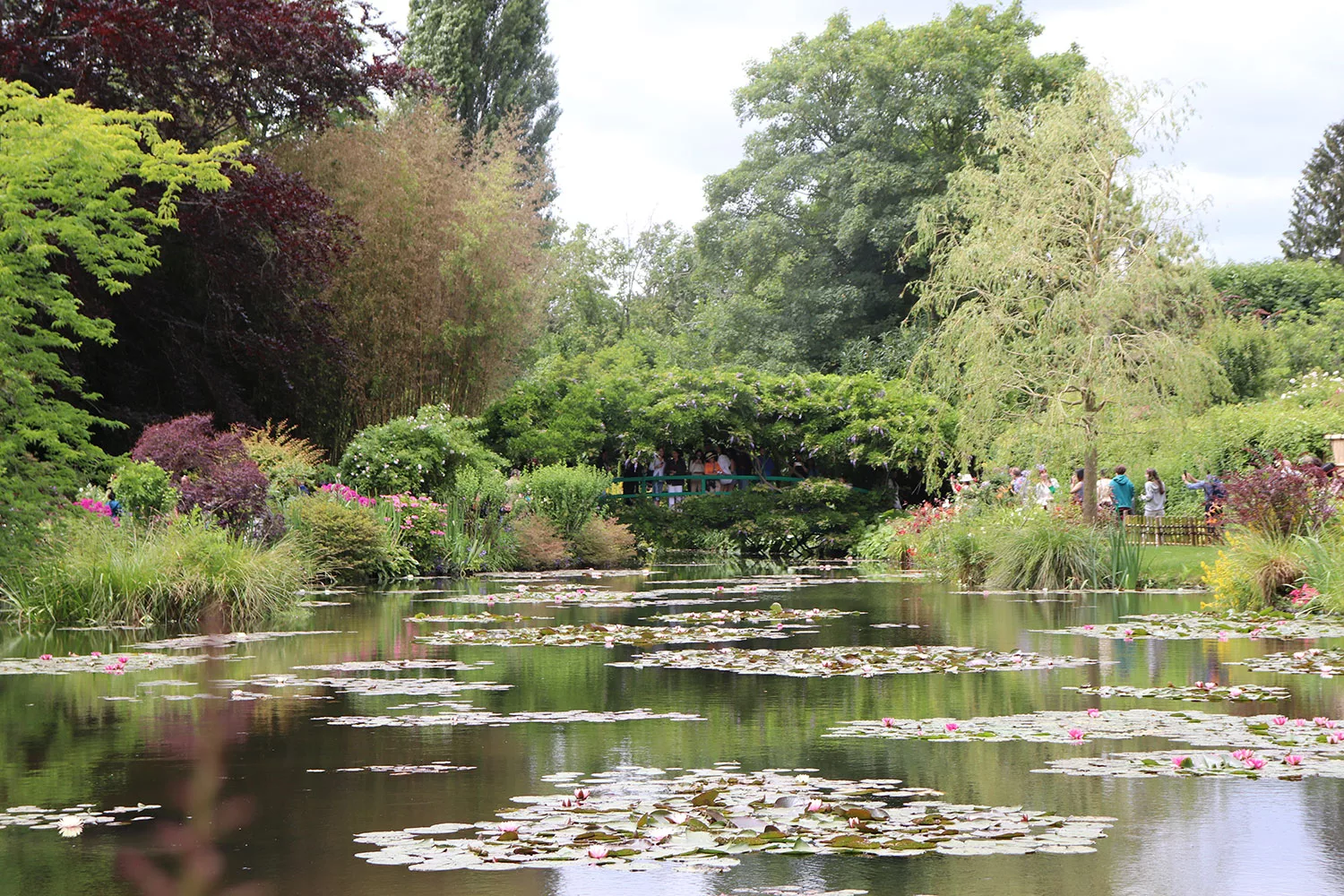
I don’t know if any of you reading this garden, but the amount of work it must have taken to get Giverny to its ideal form is a lot. Waterlilies by themselves are hard to grow, not to mention acres of flowers in rows without having dreaded weeds coming in everywhere. Planting and maintaining such a garden for over a century is a true art.
The house is quite a unique place, one that clearly belonged to someone who loved color and art. The gardens are stunning, like someone mixed a bunch of pretty flower seeds and scattered them everywhere. You’ll see tons of different colors and flowers pop up everywhere. It’s easy to see how Monet’s home became his main muse for the last several decades of his life.

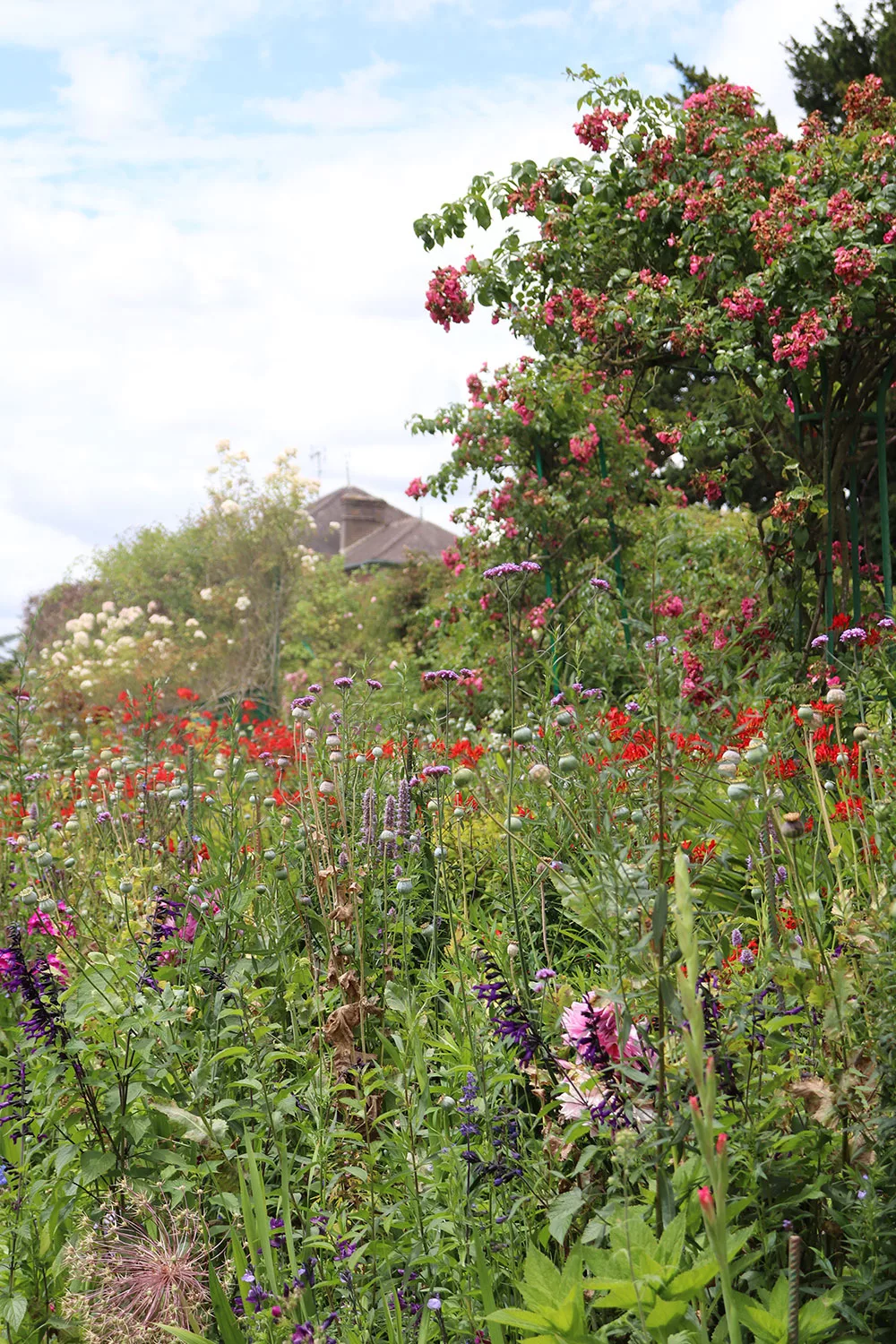
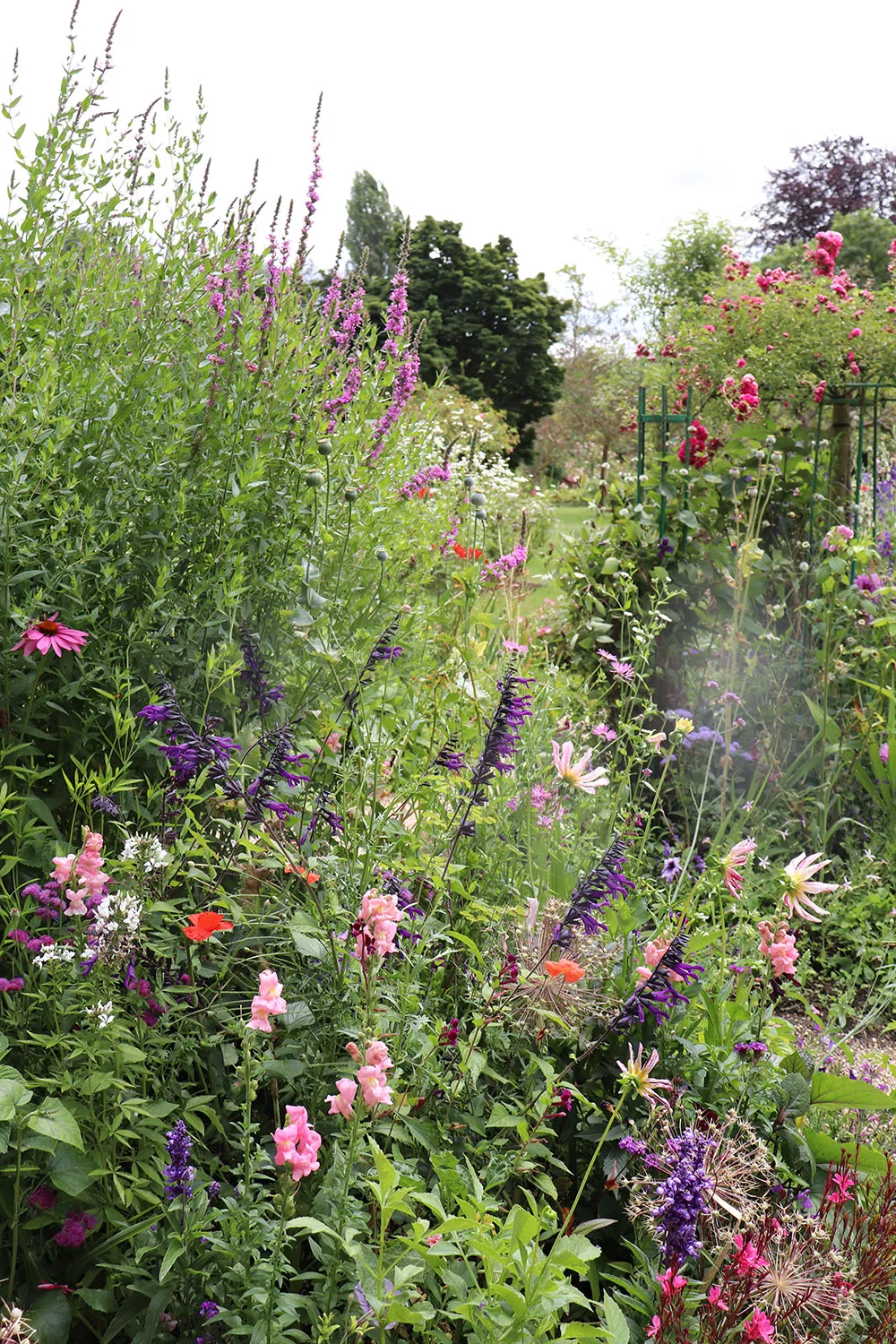
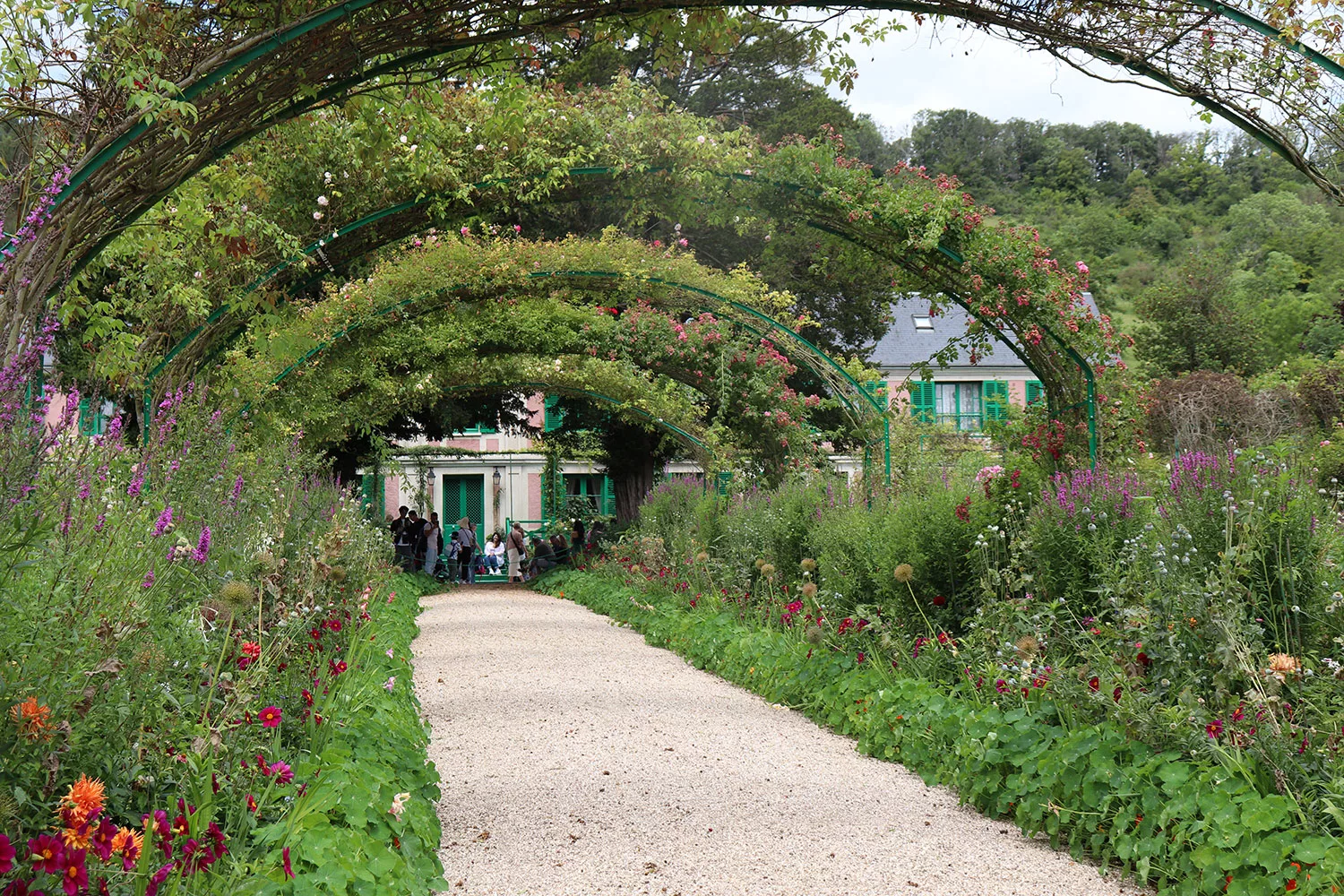
A visit to Giverny is also an intimate visit to the mind and life of Claude Monet. We’re so lucky to live in a world where we can still access it.
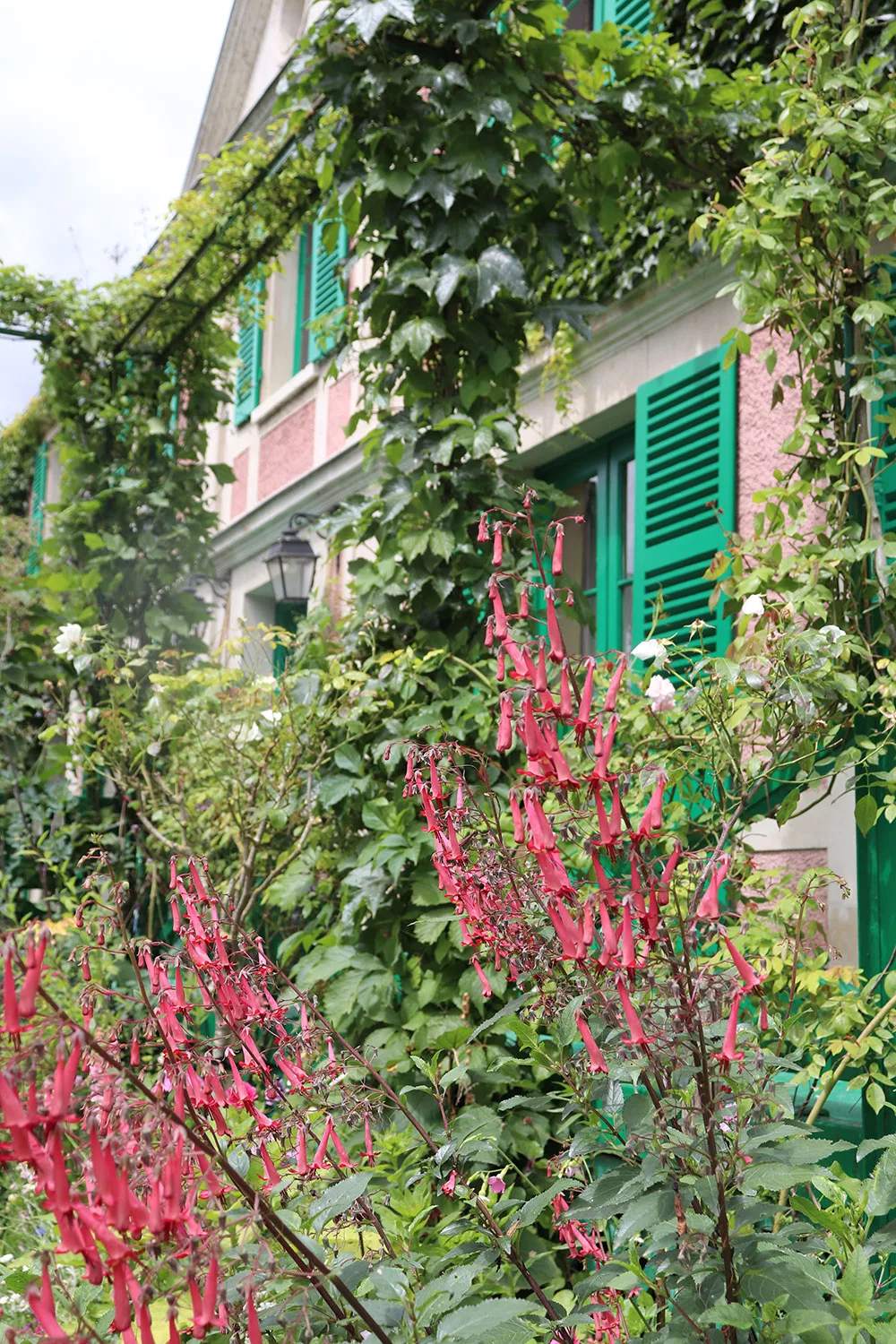
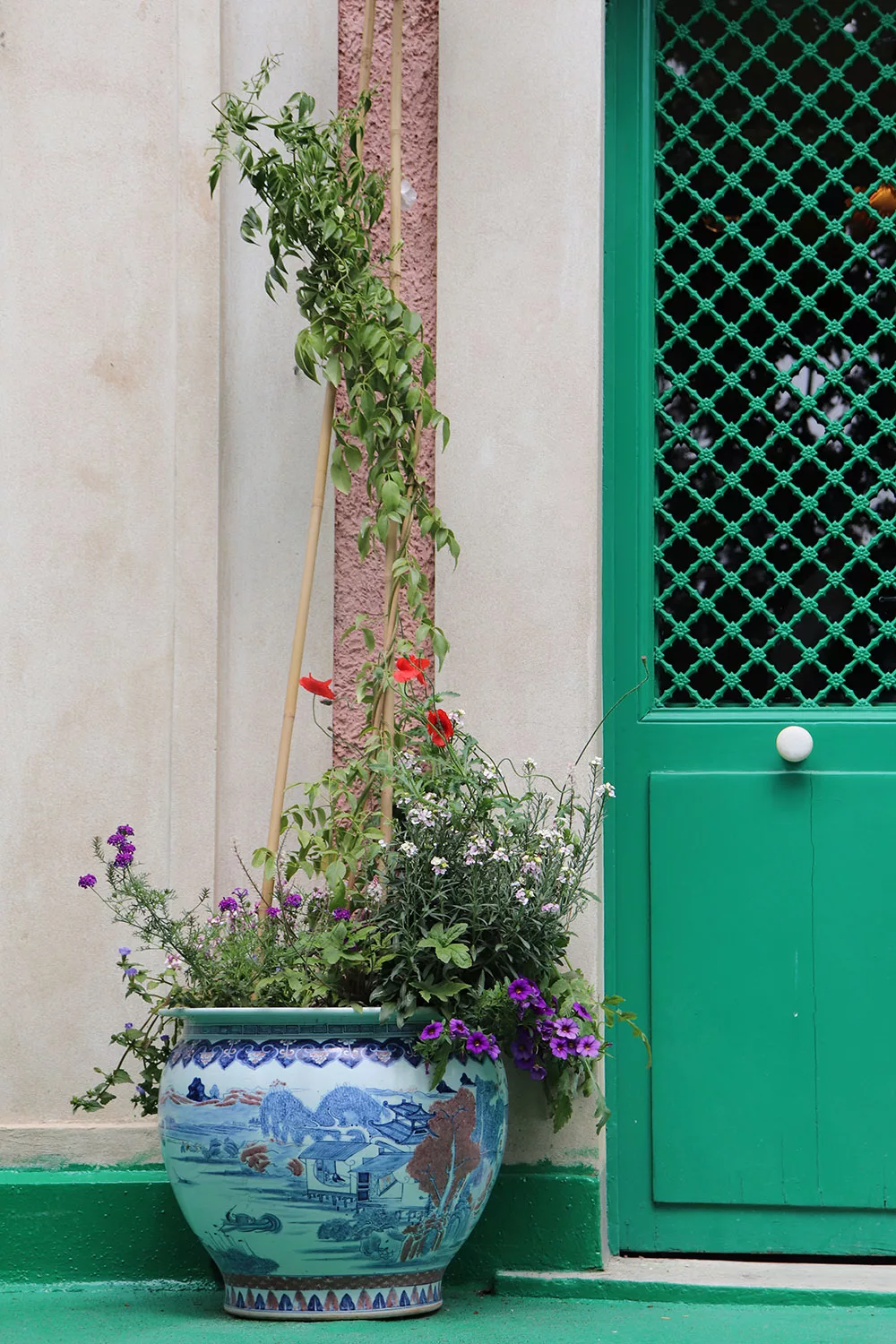
Pre-booking a ticket is recommended but not essential. If you do pre-book a ticket, you will need to follow the signs to “Group Visits” and go down the side street that says “Entree Groups Jardins Monet.” This is not clearly marked, but you’ll see once you get there that it says “e-Tickets” or something to that effect.
In July, there was a huge line to buy tickets and no line at all for pre-booked tickets.
As expected, it was quite crowded. We not only went in July but on a weekend, so we were expecting the crowds. The main draw for us was seeing the house and gardens of Claude Monet, but if you want to avoid that type of thing, you should go during the shoulder season.
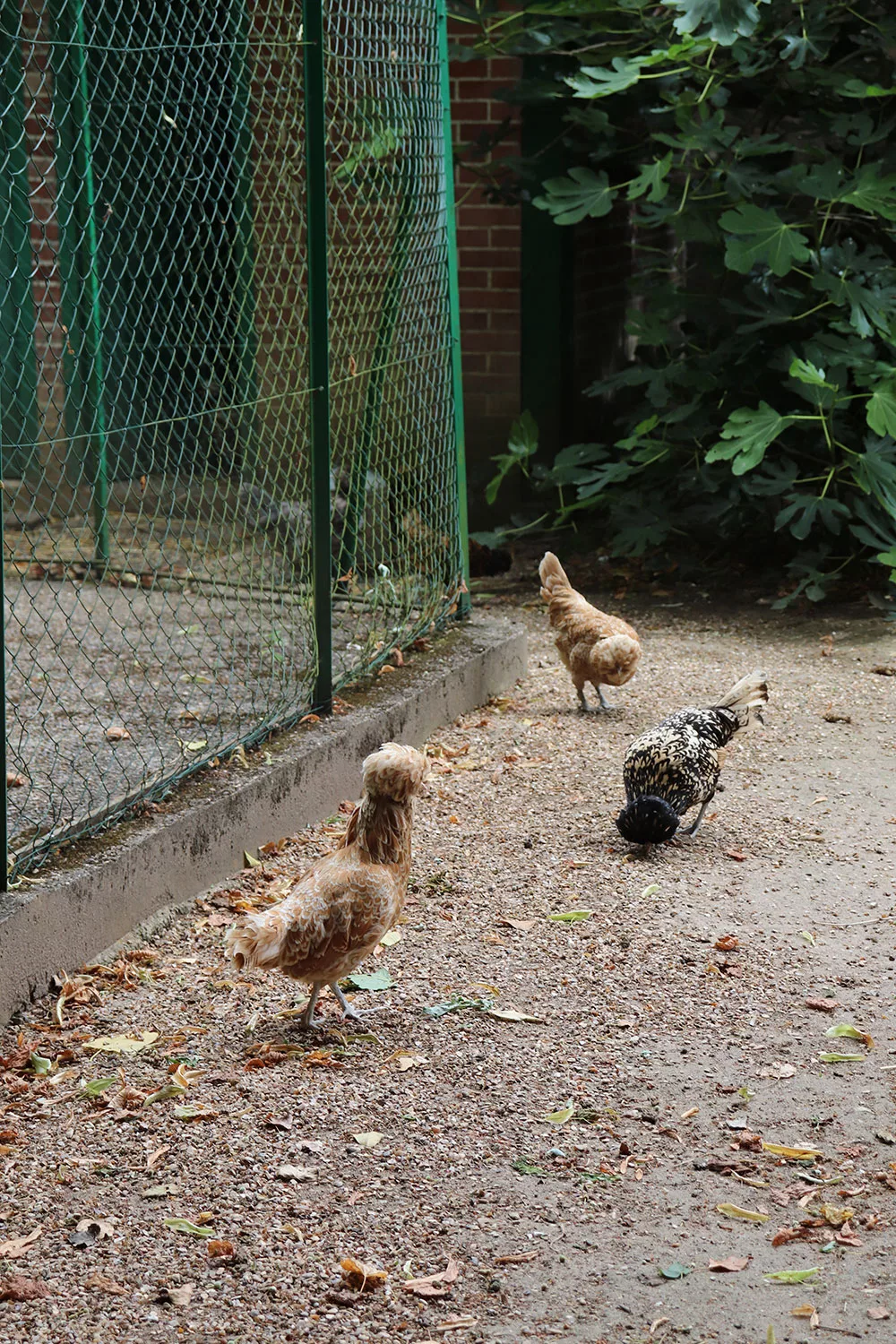

The town is very small and touristy, with not too much to explore. There is a Museum of the Impressionists that we wanted to see but it was unfortunately closed for renovations.
You can also see Monet’s Grave which as Giverny Church Cemetery behind Église Sainte-Radegonde. His wife, Angélique “Alice” is also there, as are his sons Jean and Michel.
We had wanted to explore the streets of Vernon as it looked like it had cute gems, but due to the public transport fiasco (see below), we decided to skip it. If you do have time, you can walk around Vernon and see the cathedral and half-timber buildings.
Some Notes on Getting to Giverny Via Public Transport
We went on a weekend in July and knew it would be busy. We had no idea just how busy it would be getting there. On both trains to and from Vernon, the train was absolutely packed and we had to stand. That’s super annoying when the train ride is an hour from Paris. Someone on our train actually fainted from standing in the hot carriage! If you go via public transport, this is something to keep in mind.
Our timed tickets were for 12:30 and the train pulled up at 12:18. Planning, I thought, okay, we’ll just get a taxi outside the station and be there at 12:30 – it’s only 3 miles. Wrong! We didn’t see a single taxi outside the station, or the entire time we were there, for that matter. Uber was 15 minutes away and cost 30 euros for 3 miles.
So hoards of us waited in line for the shuttle, which operates based on train times. We were stuffed to the brim into the shuttle and by the time we got to Giverny itself, it was about 1:10. Luckily not many people pre-booked tickets so we could go right in, and being half an hour late was not an issue.
Again, make sure you go to the area marked “Entree Groups Jardins Monet” if you have pre-booked tickets, even if you’re not in a group. It’s not clearly marked.
We were all packed on the shuttle and the train for the way back to Paris. Since we needed to buy a return ticket at the station (we left it open to give ourselves a leisurely day), we had to sit in line and made it to the train with only minutes to spare. Lots of people were still in line and I’m not sure if they made it on the train in time.
So getting to Giverny from Paris using public transport is certainly doable but it was borderline nightmarish. Again, we went on a weekend in July, so it’s the high season. If you go during the off-season, hopefully this will not be your experience.
It’s worth noting that to get to Giverny, you’ll need to go through Gare St-Lazare. This is where Monet painted many of his famous train paintings with the smoke. So it’s very appropriate for a Monet-themed trip.

I hope this guide helped you prepare for a trip to Giverny, and that you enjoy it.
Book an Organised Tour
Book Your Stay
Need a Book on Claude Monet?
I’m happy to partner with Bookshop.org to promote sales from independent booksellers.
About the Author
My name's Lilly and I'm a Baltimore-based travel blogger with a focus on art and history. I work full time and manage to get in several trips a year. Learn more about me.Tags: europe, france, giverny













